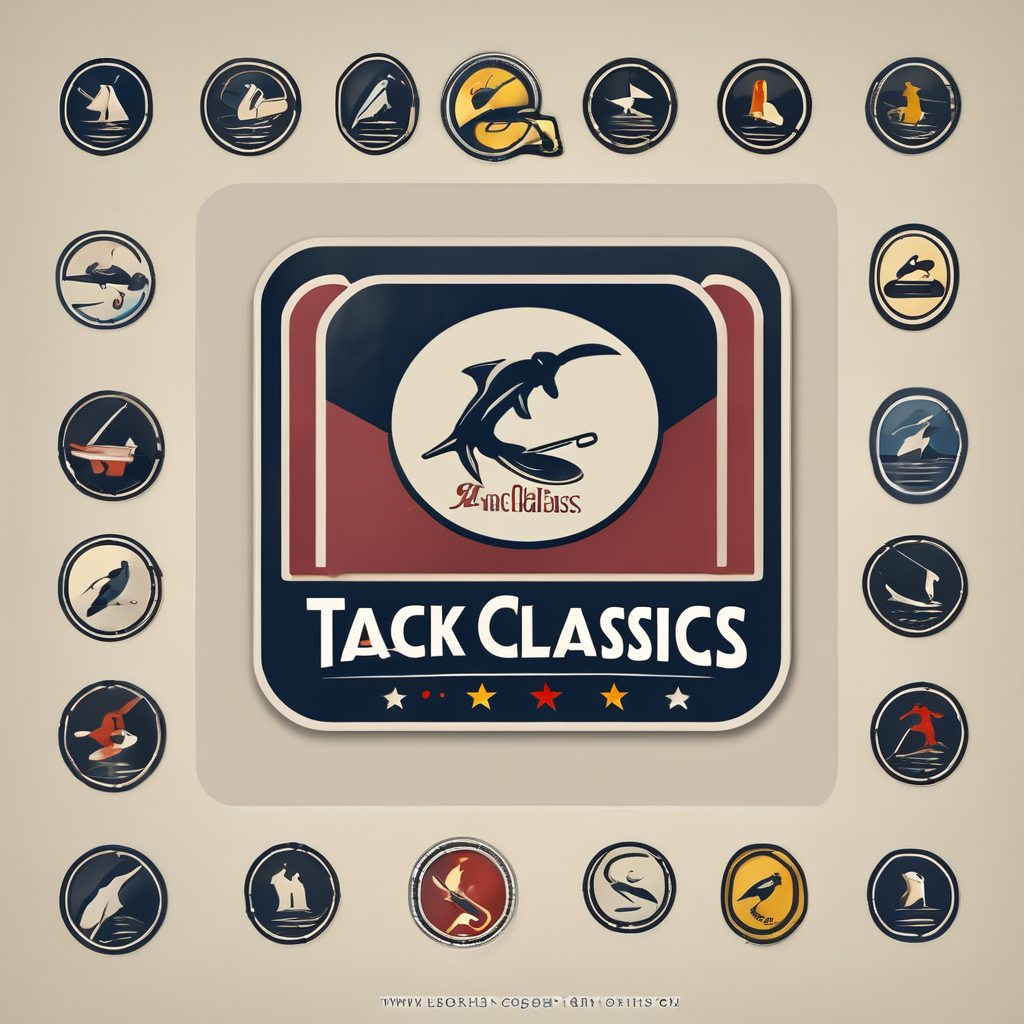Importance of Peripheral Vision in Squash
Peripheral vision is pivotal for squash performance, impacting an athlete’s ability to track the ball and opponents simultaneously. This skill enhances a player’s reaction time, as a well-developed peripheral vision allows quicker responses to unexpected moves. The capacity to foresee an opponent’s stroke or the ball’s trajectory can transform how one competes.
Players with acute peripheral awareness can make faster tactical decisions during gameplay. This skill assists in determining the best position on the court and anticipating opponents’ actions. Such dynamic adjustments and swift decision-making are essential for maintaining a competitive edge.
Also read : Enhancing Agility and Power: Key Pilates Advantages for Figure Skaters
Improved peripheral vision significantly impacts an athlete’s agility. Swifter reflexes and enhanced court navigation, supported by such vision, permit athletes to optimize their positioning and strategy during matches. The ability to see a broader scope without losing focus on the main action is advantageous, especially in high-paced games where every millisecond counts.
Incorporating peripheral vision training into routine practice sessions is beneficial. This not only boosts specific on-court skills but also overall athletic performance, underscoring its importance in an athlete’s regimen. Mastery of this visual prowess can be a game-changer in competitive squash.
Additional reading : Surf-Proof Your Skin: Expert Tactics for Pro Surfers to Battle Sun Damage in Competitions
Proven Techniques to Sharpen Peripheral Vision
Refining peripheral vision is crucial for enhancing squash performance. A variety of specific drills and exercises can be implemented to sharpen this essential skill.
Specific Drills for Squash Players
Drills designed to improve side vision are vital for any squash player. Techniques such as the “Three-Ball Drill,” where players focus on multiple balls thrown from different angles, help in broadening visual span. Integrating footwork with vision training allows players to maintain an optimal position while staying aware of their surroundings. Games like “Peripheral Awareness Tag,” where players must track opponents outside their direct line of sight, foster situational awareness.
Eye Training Exercises
Dedicated eye training exercises form the backbone of peripheral practice. Routine activities, like focusing on objects at varying distances, aid in expanding the field of view. Modern tools and apps provide structured guidance, making these exercises more engaging. The nexus between enhanced focus and peripheral training lies in consistent practice.
Incorporating Vision Training into Regular Practice
To blend vision drills seamlessly into daily squash sessions, consider structured routines and collaborative partner exercises for immediate feedback. Tracking progress with detailed notes and involving teammates in a supportive training environment can bolster continuous improvement.
Expert Insights and Testimonials
Incorporating expert advice and firsthand testimonials provides valuable insight into the impact of peripheral vision training in squash. Distinguished squash coaches often highlight the significance of integrating targeted vision exercises into training regimens. According to expert opinions, consistent practice not only enhances tactical decision-making but also significantly boosts reaction speed on the court.
Coaches frequently cite examples of players who transformed their gameplay with vision training. For instance, a case study of an intermediate player reveals a remarkable improvement in performance after routine peripheral vision exercises. The player’s ability to track the squash ball and anticipate opponents’ moves became notably sharper.
Interviews with professionals stress the importance of maintaining ongoing development in peripheral vision. Recommendations include diversifying exercise routines and leveraging modern technology to supplement traditional drills. Players are encouraged to explore varied training strategies to cater to individual needs and ensure sustained progress.
With the fusion of expert insights and real-world examples, squash enthusiasts can approach peripheral vision training with confidence. This tailored approach underlines the notion that refining visual awareness can be a decisive factor in achieving superior squash performance.
Visual Aids and Resources
Utilizing visual aids such as videos and infographics can significantly aid in the understanding and practice of peripheral vision training in squash. These resources provide insights into effective techniques and strategic adjustments in gameplay.
Video Demonstrations of Drills
Video tutorials offer comprehensive guidance on various exercises for enhancing peripheral vision. By observing other players, you can grasp the nuances of technique and identify areas needing improvement. Watching a visual comparison of before and after ensures clarity in progress and provides insight into proper form and execution.
Infographics Summarizing Key Techniques
Infographics serve as concise visual guides, efficiently summarizing essential drills and purposes. These quick-reference materials are excellent tools for recalling techniques during practice sessions. They can depict the correct positions and strategies needed to foster peripheral awareness on court.
Accessing Additional Training Resources
To further develop peripheral vision, engaging with various training resources like recommended books and online courses can be invaluable. Community forums offer a platform for sharing experiences, tips, and solutions with fellow enthusiasts. Moreover, tools to measure and track vision improvements are essential for monitoring progress effectively.
